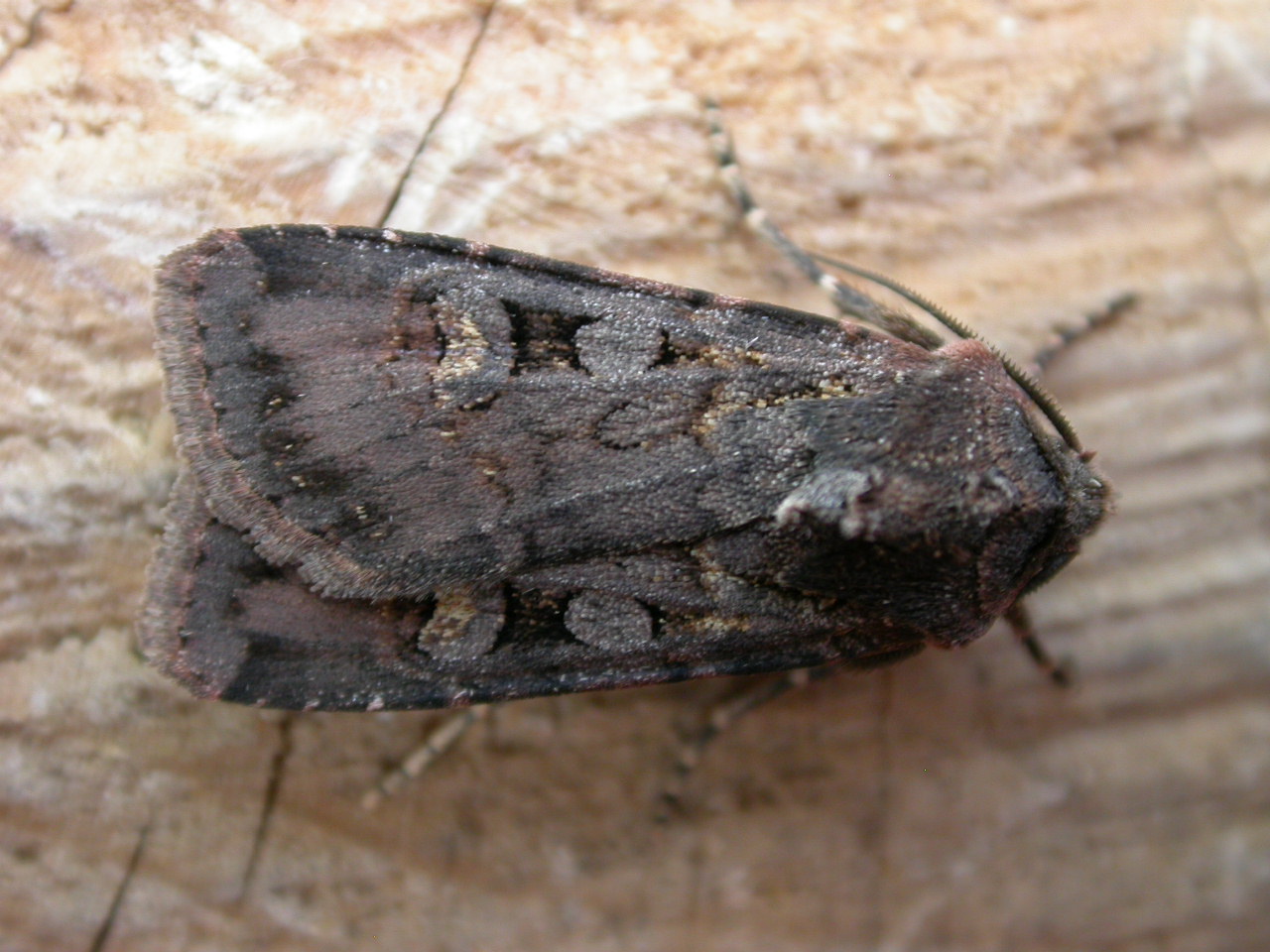|
Eurois Astricta
''Eurois astricta'', the great brown dart, is a species of cutworm or dart moth in the family Noctuidae. It was first described by Herbert Knowles Morrison in 1874 and it is found in North America. Subspecies Two subspecies belong to ''Eurois astricta'': * ''Eurois astricta astricta'' * ''Eurois astricta elenae'' Barnes & Benjamin, 1926 c g Data sources: i = ITIS, c = Catalogue of Life, g = GBIF, b = Bugguide.net References Further reading * * * Noctuinae Articles created by Qbugbot Moths described in 1874 {{Noctuinae-stub ... [...More Info...] [...Related Items...] OR: [Wikipedia] [Google] [Baidu] |
Noctuidae
The Noctuidae, commonly known as owlet moths, cutworms or armyworms, are a family of moths. They are considered the most controversial family in the superfamily Noctuoidea because many of the clades are constantly changing, along with the other families of the Noctuoidea. It was considered the largest family in Lepidoptera for a long time, but after regrouping Lymantriinae, Catocalinae and Calpinae within the family Erebidae, the latter holds this title now. Currently, Noctuidae is the second largest family in Noctuoidea, with about 1,089 genera and 11,772 species. This classification is still contingent, as more changes continue to appear between Noctuidae and Erebidae. Description Adult: Most noctuid adults have drab wings, but some subfamilies, such as Acronictinae and Agaristinae, are very colorful, especially those from tropical regions (e.g. '' Baorisa hieroglyphica''). They are characterized by a structure in the metathorax called the nodular sclerite or epaulette, whic ... [...More Info...] [...Related Items...] OR: [Wikipedia] [Google] [Baidu] |
Species Description
A species description is a formal description of a newly discovered species, usually in the form of a scientific paper. Its purpose is to give a clear description of a new species of organism and explain how it differs from species that have been described previously or are related. In order for species to be validly described, they need to follow guidelines established over time. Zoological naming requires adherence to the ICZN code, plants, the ICN, viruses ICTV, and so on. The species description often contains photographs or other illustrations of type material along with a note on where they are deposited. The publication in which the species is described gives the new species a formal scientific name. Some 1.9 million species have been identified and described, out of some 8.7 million that may actually exist. Millions more have become extinct throughout the existence of life on Earth. Naming process A name of a new species becomes valid (available in zo ... [...More Info...] [...Related Items...] OR: [Wikipedia] [Google] [Baidu] |
Herbert Knowles Morrison
Herbert Knowles Morrison (January 24, 1854 – June 15, 1885) was an American entomologist and professional collector of insects. He was one of the founding members of the Cambridge Entomological Club, Massachusetts. Morrison was born in Boston, the oldest child of William Albert and Mary Elizabeth (née Butler). He began to collect insects at the age of twelve and then began to take a special interest in the noctuid The Noctuidae, commonly known as owlet moths, cutworms or armyworms, are a family of moths. They are considered the most controversial family in the superfamily Noctuoidea because many of the clades are constantly changing, along with the other f ... moths. From 1874, he began to collect and sell specimens for a living, making trips to remote areas. He collected in Colorado, Nevada, southern California, Florida, and New Mexico. In 1885 while collecting in Key West, he was struck with dysentery and died, despite his fitness. He often walked forty miles a day collectin ... [...More Info...] [...Related Items...] OR: [Wikipedia] [Google] [Baidu] |
Noctuinae
The Noctuinae are a subfamily of the family Noctuidae, and is composed of moths. The larvae of many species feed on roots or stems of various grasses. Some are generalist feeders which makes them potential pests. Noctuid systematics is in a state of flux; the list of tribes is provisional and other groups now considered more distinct (e.g. Hadeninae) were formerly included here. Likewise, the validity of the tribe Xestiini is doubtful for example. See also * List of Noctuinae genera Approximately 600 genera belong to the subfamily Noctuinae, cutworm or dart moths. There are more than 7,000 described species in this subfamily of Noctuidae. Noctuinae genera ; Tribe Actinotiini Beck, 1996 : ''Actinotia'' Hübner, 1821 : ''Alastr ... References * {{Noctuinae-stub ... [...More Info...] [...Related Items...] OR: [Wikipedia] [Google] [Baidu] |
Articles Created By Qbugbot
Article often refers to: * Article (grammar), a grammatical element used to indicate definiteness or indefiniteness * Article (publishing), a piece of nonfictional prose that is an independent part of a publication Article may also refer to: Government and law * Article (European Union), articles of treaties of the European Union * Articles of association, the regulations governing a company, used in India, the UK and other countries * Articles of clerkship, the contract accepted to become an articled clerk * Articles of Confederation, the predecessor to the current United States Constitution *Article of Impeachment, a formal document and charge used for impeachment in the United States * Articles of incorporation, for corporations, U.S. equivalent of articles of association * Articles of organization, for limited liability organizations, a U.S. equivalent of articles of association Other uses * Article, an HTML element, delimited by the tags and * Article of clothing, an i ... [...More Info...] [...Related Items...] OR: [Wikipedia] [Google] [Baidu] |
.jpg)

